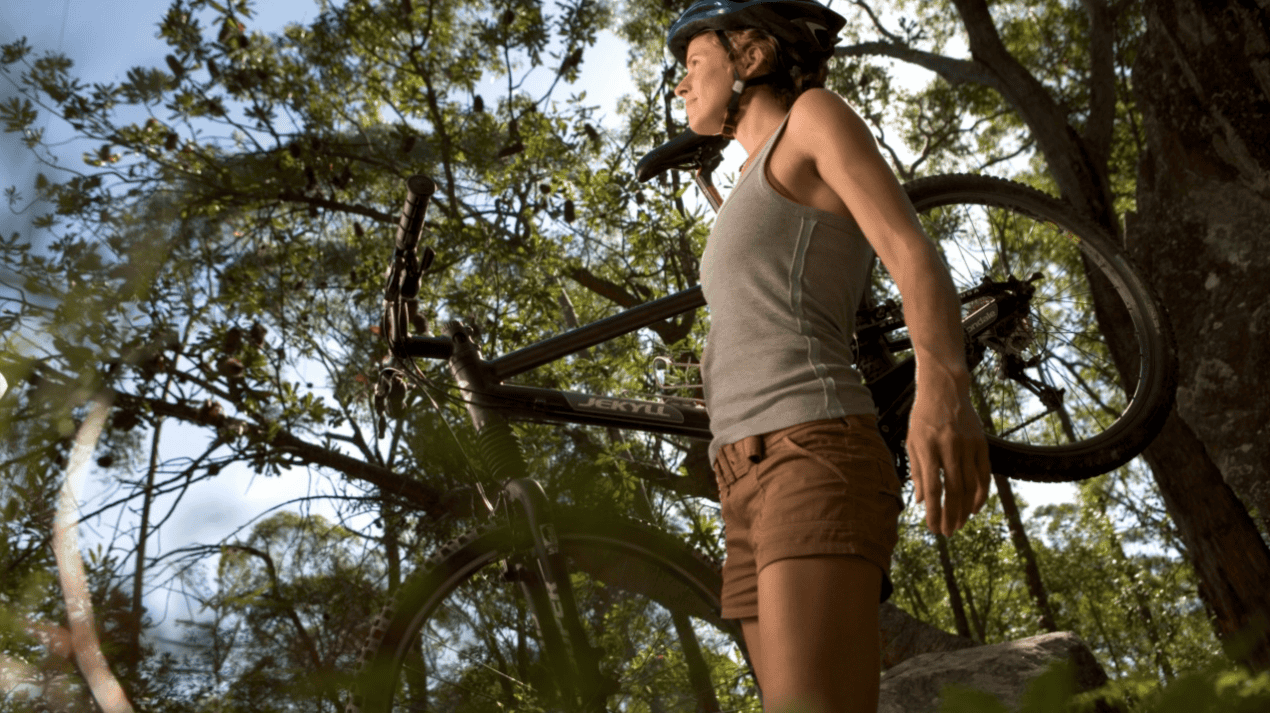We asked, you responded – and now it’s time for answers!
Recently returned from the World Trails Conference, Kylie Ruwhiu-Karawana and Chris Rose are here to share their thoughts on the biggest trends shaping the global trail movement.
A member of our community asked:
💬 How do we get all levels of government to consider mountain bike facilities in their public infrastructure maintenance budgets, just like they do for footpaths, playgrounds, skate parks, and sports fields?
Kylie’s thoughts:
This is an important issue. Mountain bike (MTB) facilities are indeed growing across Australia, but ensuring long-term maintenance is key to preserving their value. To position MTB trails as integral public infrastructure, here’s a strategy you can advocate for with all levels of government:
- Equate MTB trails with other recreational infrastructure: Emphasise that MTB trails serve similar community needs as footpaths, playgrounds, and sports fields by promoting physical activity, tourism, and community engagement. Demonstrating the economic and health benefits of MTB trails strengthens the case for funding.
- Highlight the economic impact: Show data on how MTB trails boost local economies through tourism, events, and associated businesses (bike shops, cafes, accommodations). The ongoing maintenance of these trails contributes to job creation and sustained visitor interest.
- Promote community stewardship: Government budgets are often stretched, so promote partnerships where communities and user groups can assist with maintenance. Formal volunteer programs (inspired by successful community stewardship models) could supplement government efforts.
- Build multi-level government cooperation: Advocate for state, local, and federal governments to collaborate on long-term funding solutions for maintenance. Presenting MTB infrastructure as a shared investment can ensure the upkeep is consistent and well-funded.
Maintaining MTB trails is essential for sustaining their success and keeping the community engaged!
Hear from Chris;
MTB has been a niche sport in the past – and as such the facilities have not been seen as mainstream. In fact, AUSPLAY data shows only around 2% of the population undertakes mountain biking. As this grows (it is 4% in some places in Europe) – policy makers will need to pay more attention to it and allocate money. The rise of MTB-ing will also continue as E-bike technology improved opening the sport and activity to an even broader market. Having said that – the more we can self-run and self-determine the future and show examples of really well-run commercial enterprises – the more success should breed success.






